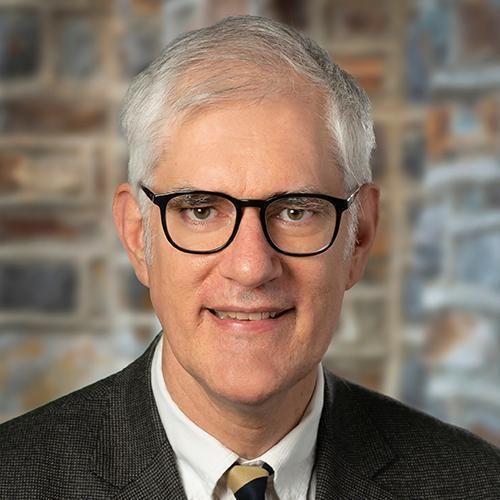Henri P. Gavin
Professor in the Department of Civil and Environmental Engineering
Civil and Environmental Engineering
Box 90287, Durham, NC 27708-0287
162 Hudson Eng Ctr, Durham, NC
Publications

